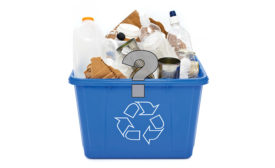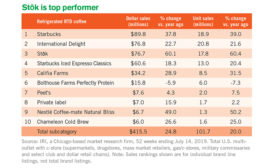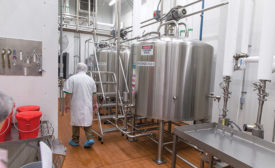Articles by Kathie Canning
2019 State of the Industry: Ice cream and frozen novelties are hot and cold
Frozen novelties are hearing the sound of rain, but ice cream finds itself in a tight-slot situation
November 15, 2019
2019 State of the Industry report: Cheese has a favorable deck
As it continues on its winning streak, the cheese category is doubling down on innovation and more.
November 8, 2019
American recyclers hope for the best
Americans continue to recycle dairy and other packaging, despite having little confidence that the packaging actually gets recycled
October 25, 2019
A growth spurt for refrigerated coffee and tea
Shelf-stable ready-to-drink coffee also posted strong growth, but its tea counterpart struggled.
October 10, 2019
Graeter’s ice cream plant is different by design
Graeter’s ice cream plant blends a centuries-old process with modern technology to create an operation that’s like no other
October 4, 2019
Graeter’s builds on tradition
As it looks forward to its 150th anniversary, Graeter’s is still making indulgence-minded ice cream by hand via the traditional French Pot method
October 1, 2019
Make the most of quality assurance and quality control data
The right software — and the right corporate culture — could help dairy processors collect, manage and disseminate quality assurance- and quality control-related data
September 26, 2019
Stay ahead of the curve. Unlock a dose of cutting-edge insights.
Receive our premium content directly to your inbox.
SIGN-UP TODAYCopyright ©2025. All Rights Reserved BNP Media.
Design, CMS, Hosting & Web Development :: ePublishing









